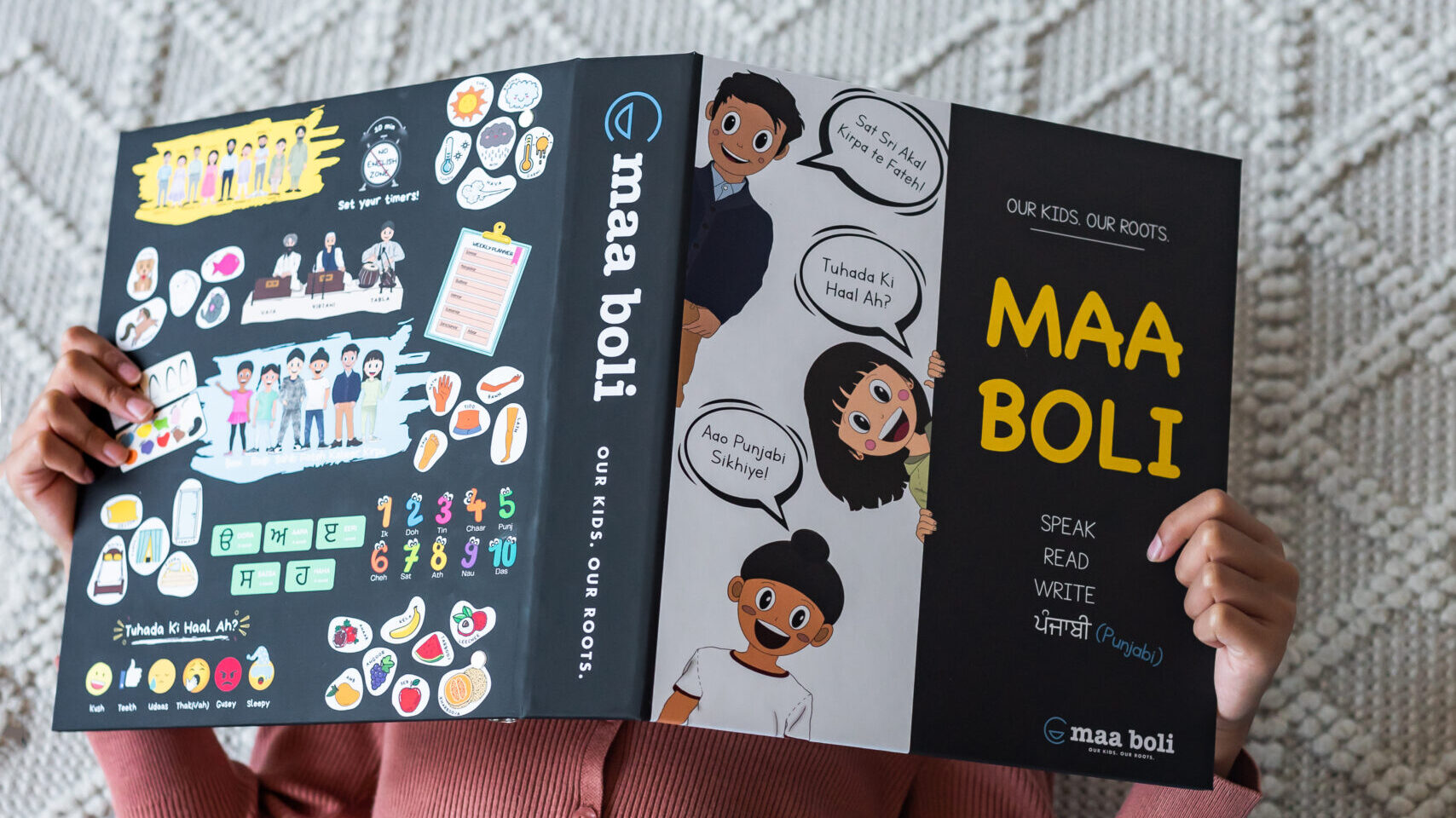
For a long time, science has lauded the benefits of bilingualism and maintaining a child’s heritage language. Research shows that children need to retain their native tongues for healthy identity development and a sense of cultural connection. Speaking more than one language also contributes to better academic performance, critical thinking skills, better memory, and a host of other cognitive benefits that give children an edge in life.
But beyond these psychological, social, and academic advantages, bilingualism creates opportunities.
Language is such a mundane part of our lives. We use it so often and in such ordinary ways. For multilinguals, switching between languages is second nature. We don’t think about it and we don’t think much of it.
But, let’s not forget that language is a skill.
Not just any skill, but an incredibly complex and difficult to acquire skill.
Linguistic skills are the cornerstone of the modern, globalizing service economy. A cursory glance online reveals the value of language skills in the job market. A sea of online language learning programs attract students by emphasizing the opportunities that a second language can give them. Students have been taking languages as electives to improve their job prospects for ages. Language learning has always been related to economic opportunity.
But in many migrant communities, the language of interest is English. We know our first language; we’ve been speaking it all our lives. But English – the second, third, fourth language – is the language of opportunity.
So we put all our resources and energy into English. We want our children to have every opportunity to succeed. We want them to never face the barriers that we did or that our parents did. We worry that their childhood language would hold them back. We overlook the opportunities their mother tongues provide.
When our kids grow up and need to become contributing members of society, their culture and language will give them direction. Rather than restraints that hold them back, imagine them as anchors that produce confidence and stability.
After all, we live in a time of globalization. Everything is in transit: people, goods, services, cultures, politics, and ideas. Language and communication facilitate all this movement and change.
As communities become culturally and linguistically diverse, we need a diverse workforce.
Think about it:
Canada is a mosaic of cultures and languages.
In the Peel region alone, 4% of the population can’t read, write, or speak English or French.
Nearly 13% of Peel’s population speaks an unofficial language at home.
Among all non-official languages, Punjabi is most commonly spoken at home in Peel.
What does this data tell us?
The math is pretty clear.
We have an economic need. By embracing their cultural and linguistic backgrounds, our children become the best people to fill it.
We don’t need statistics to understand this. We already know it.
Our parents or grandparents may need Punjabi doctors.
A politician may need to speak Punjabi as they campaign.
A real estate agent may need to speak Punjabi to close the deal.
We may need a counsellor who understands our culture and language to understand us.
Why? Because they can talk to us. And, because we can talk to them.
The future isn’t black and white. It isn’t English and French. The future is colourful: our children should retain their colours.